How Long Should You Run On The Treadmill?
Author:
Unlock your full potential by engaging with our experts and community! Have questions about your fitness journey or looking for expert advice on weightlifting techniques? Don’t hesitate — leave a comment below and Ihor Shymechko will provide a personalized answer and insights to help you reach your goals.
Torokhtiy is reader-supported. Some links are affiliate links, and we may earn a commission at no extra cost to you. See our disclosure page for details.
How long should you run on the treadmill? That’s probably one of the first questions that you’ve asked yourself when you started running on a treadmill. And chances are, you’ve gotten dozens of different answers. And how are you supposed to know which answer to consider?
Well, the thing is, all those dozens of answers were probably true – at least to some extent. But, if you want a real, concise, and straight-up answer, then you might be disappointed. Because the answer is: “It depends.”
In this article, I’ll tackle the vague “It depends.” answer and dive into the duration times and factors to consider for both beginners and professionals, so there’s no excuse for you not to hop on that treadmill staring at you from the corner of your room (or gym!).
So get your running shoes ready and lace up.
Let’s run!
How long should you run on the treadmill? To determine how long you should run on the treadmill, you should consider your fitness level, goals, and training plan. Beginners should start with shorter times of around 15-30 minutes, while professionals can try to run for 1-2 hours.
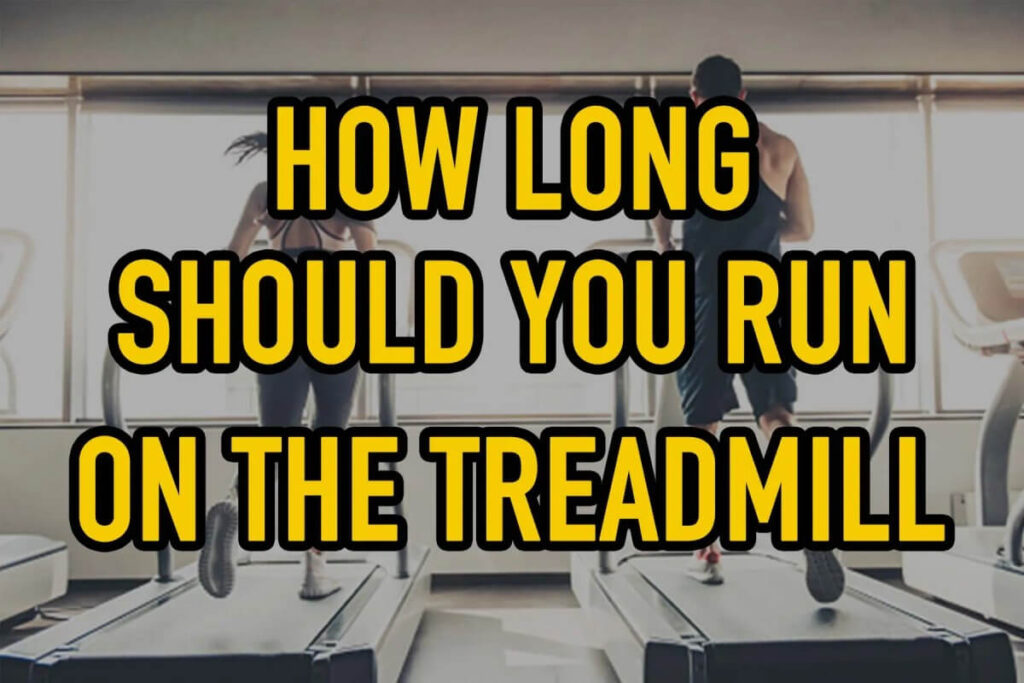
5 Factors To Consider When Deciding On Treadmill Running Time
I wasn’t just showing off when I stated I have all the answers you want on how long to run on a treadmill. The thing is, though, there is not one answer that’s right for everyone because we’re all starting from a different point.
Are you experienced or a beginner? Do you want to boost the results you already have or are you starting from scratch and have just learned how to adjust the settings on your treadmill?
I know it sounds like a lot and it’s easy to get overwhelmed and give up. But I really don’t want you to give up because running is an incredibly healthy exercise, especially if you do it right and if you know what to do to get the most out of it.
That’s why I have prepared a list of factors to consider before deciding on how long your next (or your first) session should last.
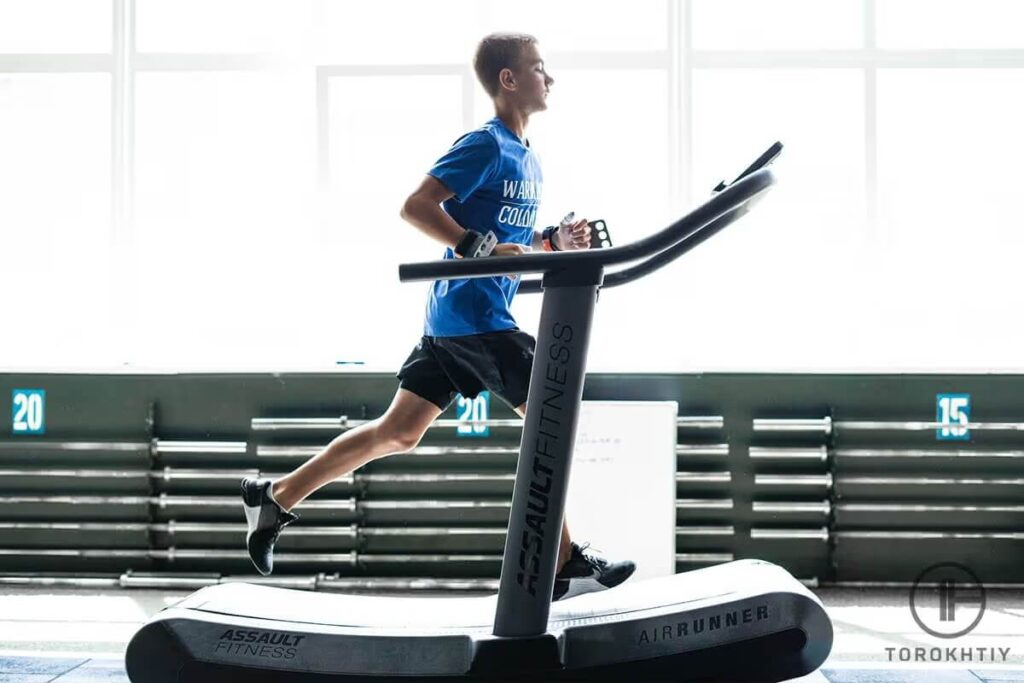
1. Fitness Level
This is an absolute must! If you’re a beginner, do not overestimate your capabilities. Be honest with yourself about your fitness level and start with shorter periods. Of course, if you’re already experienced, you’ll be able to handle longer sessions.
2. Goals
How long to run on a treadmill to lose weight? What I mean by this is, what exactly do you want to get out of running? Are you trying to lose weight, get healthier or are you training for a race perhaps? All of the things I just mentioned need different duration periods, so get clear about what it is you’re trying to achieve.
3. Time Availability
This is a big one because we’re all leading busy lives these days and having enough time for a workout is a luxury. But don’t worry if you don’t have hours available to spend on running; even short workouts can be super beneficial.
4. Physical Limitations
I’ll mention this one just in case some of you get crazy brave and decide to disregard any health issues you may have. It’s absolutely vital to respect your health limitations and to adjust the longevity of your sessions accordingly.
5. Intensity
If you’re doing HIIT or interval training, you’ll want to shorten your running time because these workouts are very intense. But if your workout is not that intense, you’ll be able to run longer.
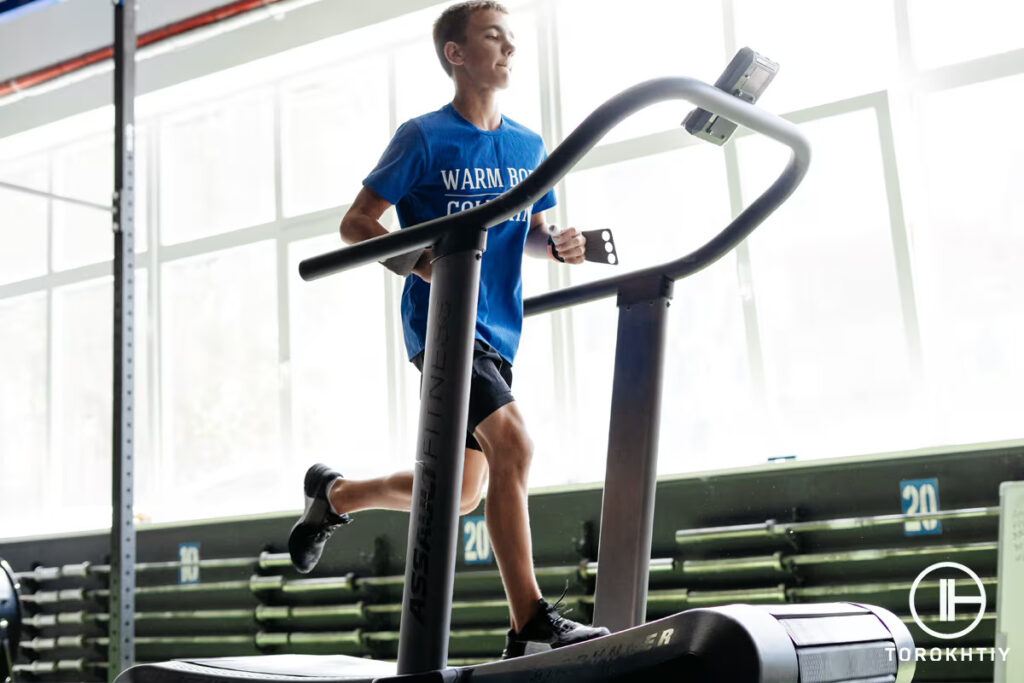
How Long Should You Run On The Treadmill?
How long should you run on a treadmill? Now we’ll really get into what you’re here for – the time! I have the exact time you’ll want to invest in your workouts based on your fitness level and your goals, so let’s get right into it.
1. Beginner
If you’re a beginner and you’re asking yourself, how long should I be on the treadmill? The simple and short answer is – start nice and slow. It’s great to be ambitious, but don’t go crazy and exhaust yourself right away.
The goal duration is here to help you decide what your maximum should be and, once you’re able to run comfortably for 30 minutes non-stop, get on to the next level! If you feel like constant running is too much for you, that’s okay – you can try to walk a bit. How long should you walk on a treadmill?
That’s up to you, though. If you can, try running for 1 minute, and then walk for about 1-2 minutes.
2. Intermediate
If you’re not quite a beginner, but not quite advanced either, your fitness level is intermediate. And you’re looking at a goal from 45 minutes up to 1 hour. I’m sure you want to progress to the next level and to do that, I would advise you to try running as much as you can without taking any breaks. If you’re really anxious to progress ASAP, include some interval training in your workouts.
3. Advanced
I’m sure you want to improve your aerobic capacity; to do that, try to run for 1 hour, or even more (always respect your limits!). But if you go above 2 hours, then you’re probably at the pro level. You can also do tempo runs or hill repeats – they really boost your progress.
4. Professional
If you’re a pro, decide on your duration time based on what you’re training for. Generally, 2-3 hours is a great goal to set; especially if you’re a marathon runner. But if you’re running half-marathons, you’ll want to combine your runs with interval training and tempo runs. But if that’s the case, then it’s certainly better to run outside, not on a treadmill.
If you’re a 10K or 5K runner, I advise you to focus on interval training, tempo runs, and speed workouts (these ideally last anywhere from 30 to 60 minutes).
Tempo And Speed Running Program Based On Fitness Level
| Fitness Level | Initial Target | Goal |
|---|---|---|
| Beginner | 10-15 mins | 30 mins |
| Intermediate (Moderate Fitness Level) | 20-30 mins | 45 mins-1 hr. |
| Advanced (High Fitness Level) | 30-45 mins | 1 hr. or more |
| Professional | 1.5 hrs.-2 hrs. | 2-3 hrs. |
If you’re aware of your fitness levels and want to set specific goals, I have something for you as well. The great news is that, if you just want to maintain good health or lose weight, 1 hour of running is enough and you don’t need to go over it.
If you’re trying to train for a race or want to improve your endurance, you’ll have to set aside up to 2 hours of training.
Treadmill Programs For Various Goals
| Goal | Duration |
|---|---|
| General Fitness and Weight Loss | 30-60 mins |
| Cardiovascular Health | 45-60 mins |
| Endurance Training | 45 mins – 2 hrs. |
| HIIT | 20-30 mins |
Regardless of your fitness level or the goal you set for yourself, try to work out at least 3 times a week, but don’t go over 5 times. Rest is just as important for your results as the workout itself.
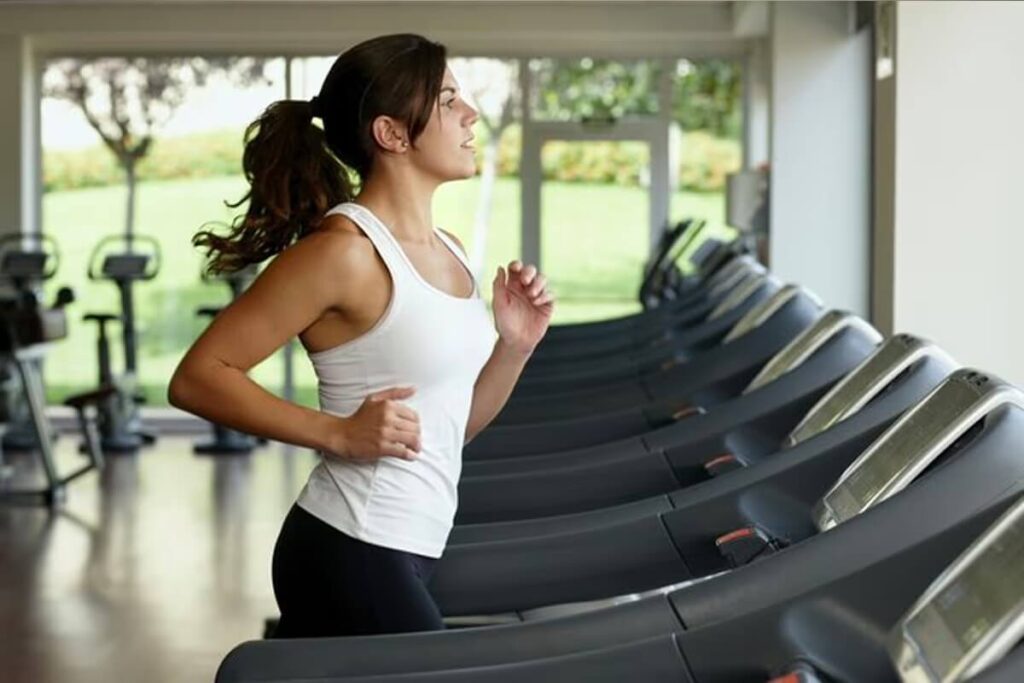
6 Tips For Treadmill Runners
You’re caught up now and ready to start your workouts! But before you grab your sneakers and hop on the treadmill, I also have a few tips that I’m sure will come in handy.
1. Warm Up
You’ll need to prepare your muscles for running, and dynamic stretches are a super effective warm-up technique. Do some leg swings or arm circles.
2. Proper Footwear
If you’re a beginner, it’s possible you don’t know the importance of appropriate footwear. Well, here it is… it’s REALLY important. You’ll need supportive, cushioned shoes that keep your feet stable; this will reduce the risk of any injuries.
3. Posture And Form
Professionals always have great form and posture while they’re running, right? You don’t see them slouching or leaning. Keep your head up, relax your shoulders, and engage your core – that way, you’ll get the most out of your workout and also keep the risk of injury at a minimum.
4. Use The Incline
The incline is one of the reasons I love treadmills so much; it adds so much variety to workouts. It also engages different muscle groups and makes your workout more challenging.
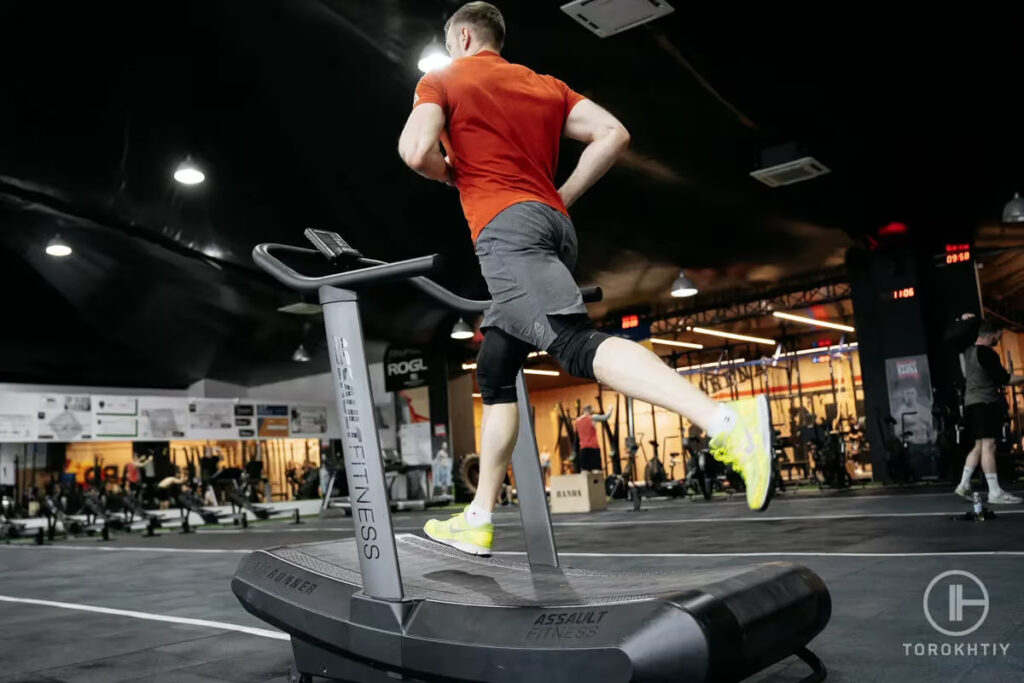
5. Mix Up Your Workouts
You never want your workouts to get boring so don’t be afraid to mix things up every once in a while. My favorites are tempo runs, but you could also do hill workouts or interval training.
6. Use Entertainment Or Music
You may think this is a silly thing and doesn’t make that much difference, but it really does! I prefer music to TV shows and podcasts, but you could do whatever you want to make your workouts more entertaining. Let’s be honest – who wants to run in dead silence, looking at the same spot the entire time?
Treadmill We Recommend:
ProForm Carbon TLX
- Dimensions: 35.1’’W x 74.3’’D x 59.1’’H
- Display size: 7’’
- App: iFit
- Product weight: 249 lbs
- Weight capacity: 300 lbs
- Running deck size: 20’’x60’’
- Speed range: 0-12 mph
- Incline/decline options: 0-12%
- Additional features: ProShox cushioning, folding design
- Warranty: 10-year frame, 1-year parts, 1-year labor
If you’re looking for a comfortable, spacious treadmill that won’t break the bank, Carbon TLX is just what you need. It’s priced very reasonably for a treadmill but doesn’t feel cheap at all.
Its dimensions are 74.3” D x 35.1” W x 59.1” H and it has a spacious 20’’x60’’ running deck. It’s suitable for people of all heights and there’s no way anyone will feel restricted while using it. The treadmill weighs 249 pounds in box and it can take up to 300 pounds of weight.
The motor is powerful – 3.0 CHP, with consistent performance. The incline ranges from 0 to 12% (no decline, sadly) and the maximum speed is 12 MPH. The incline is easily changed using QuickSpeed button controls.
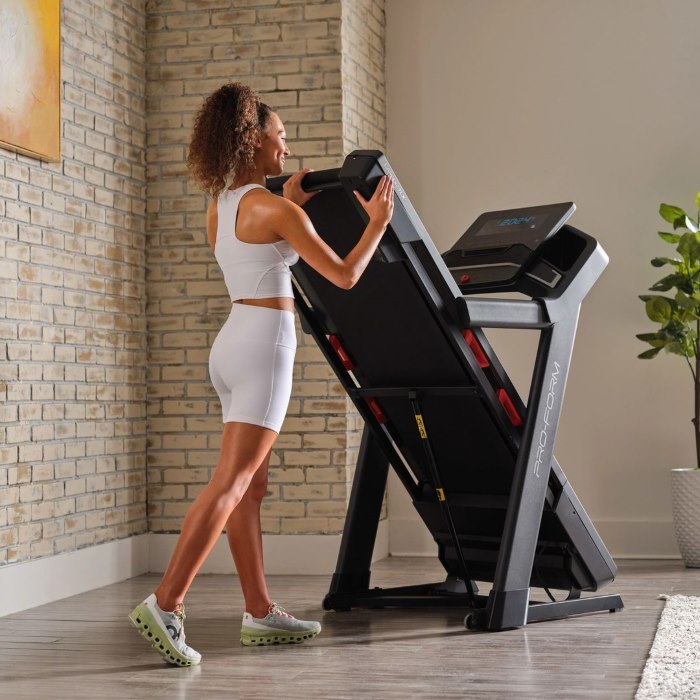
Carbon TLX comes with a 30-day free iFit trial that adds a lot fo versatility to your training routine because it has over 10,000 exercises. Plus, you get access to personal trainers that can adjust the incline on your treadmill according to the workout you’re doing. Neat, right?
Now, let’s talk about comfort. It has a special type of deck cushioning called ProShox, which means that the surface you’re running on is low impact. This is a great thing because your joints won’t get mad at you for running (and you won’t feel them being mad at you the next day if you know what I mean).
I have to be fair and mention that this is almost perfect, but not quite. The screen size is a tiny bit too small for my taste, and it would be great if it was bigger. But to compensate, you’ll get an amazing warranty package – 10 years for the frame, and 1 year for parts and labor.
So if anything breaks, ProForm’s got you covered. But apart from the minor inconvenience mentioned earlier, this treadmill is a 10/10!
Positives:
Could be better:
FAQ
How Long Should You Run On A Treadmill To Lose Belly Fat?
To burn belly fat, try running 3-5 days a week, for at least 30 minutes. This is generally the rule of thumb when it comes to how long to run on a treadmill to lose weight. Belly fat is stubborn, so you need to attack it on both fronts – workout and a healthy diet.
Is 20 Minutes On The Treadmill Enough?
If you want to improve cardiovascular health and torch some calories, 20 minutes is perfectly fine. If you want to lose weight, you’ll need to set aside a bit more time and also watch what you eat.
How Often Should You Run On A Treadmill?
Depends on you, really. I always recommend running at least 3 times a week, but no more than 5. If you’re a beginner, start with 3 days. This will let your body get used to running comfortably. As you get more experienced (and as you build endurance), bump your workouts to 5 days a week.
Conclusion
So, How often should you walk on a treadmill? Or run. We’ve covered everything treadmill-related. We’ve gone over different fitness levels, time to set aside for workouts, and I also included some nifty tips for you to keep in mind to make running an even better workout than it already is.
But the main thing that we’ve tackled, what this article is all about, is the suggested time you should spend running on a treadmill.
Now it’s your turn to speak! What do you think of running on treadmills and what results have you seen from it? Do you have a treadmill to recommend, or are you perhaps using the one I’ve suggested?
Why did you start running on a treadmill in the first place, instead of running outside? I would love to know all those things and more. Anything you’ve thought of while reading this article, you can ask/say in the comments below!
Also read:
- Benefits of Treadmill
- Benefits of Walking on a Treadmill
- How Fast Can Treadmills Go
- Treadmill vs Incline Trainer
- How Much Does a Treadmill Cost
- Beginner Treadmill Workout
- How to Fix a Slipping Treadmill Belt
References:
- What to Know About Running to Lose Weight // WebMD: https://www.webmd.com/fitness-exercise/running-to-lose-weight
- Even a little bit is good, but a little more is probably better // Harvard Health: https://www.health.harvard.edu/blog/running-health-even-little-bit-good-little-probably-better-201407307310
- Can short bouts of running lengthen lives? // Harvard Health: https://www.health.harvard.edu/blog/can-short-bouts-of-running-lengthen-lives-2020030419058
- A beginner’s guide to interval training // RunnersWorld: https://www.runnersworld.com/uk/training/a773582/interval-training-how-it-works/
- Effects of Aerobic Training // ScienceDirect: https://www.sciencedirect.com/topics/nursing-and-health-professions/aerobic-capacity
Why Trust Us?
With over 20 years in Olympic weightlifting, strength training, nutrition coaching, and general fitness our team does its best to provide the audience with ultimate support and meet the needs and requirements of advanced athletes and professional lifters, as well as people who strive to open new opportunities and develop their physical capabilities with us.
By trusting the recommendations of our certified experts in coaching, nutrition, and sports training programming, as well as scientific consultants, and physiotherapists, we provide you with thorough, well-considered, and scientifically proven content. All the information given in the articles concerning workout programming, separate exercises, and athletic performance, in general, is based on verified data.
The product testing process is described in more detail here.
Author: Ihor Shymechko
Pro Olympic Weightlifter, Coach
Best Results: Snatch – 208 kg,
C&J – 240 kg
Ihor has been a professional weightlifter since 1996, boasting over two decades of competition experience. His notable achievements include clinching the European Championship in 2009 and securing a silver medal in the 105kg division at the Senior World Championships in 2011. Ihor represented his country in the 2008, 2012, and 2016 Summer Olympics. After retiring from competitive weightlifting, he transitioned to coaching, leveraging his vast experience to guide athletes who now compete on both national and international stages.



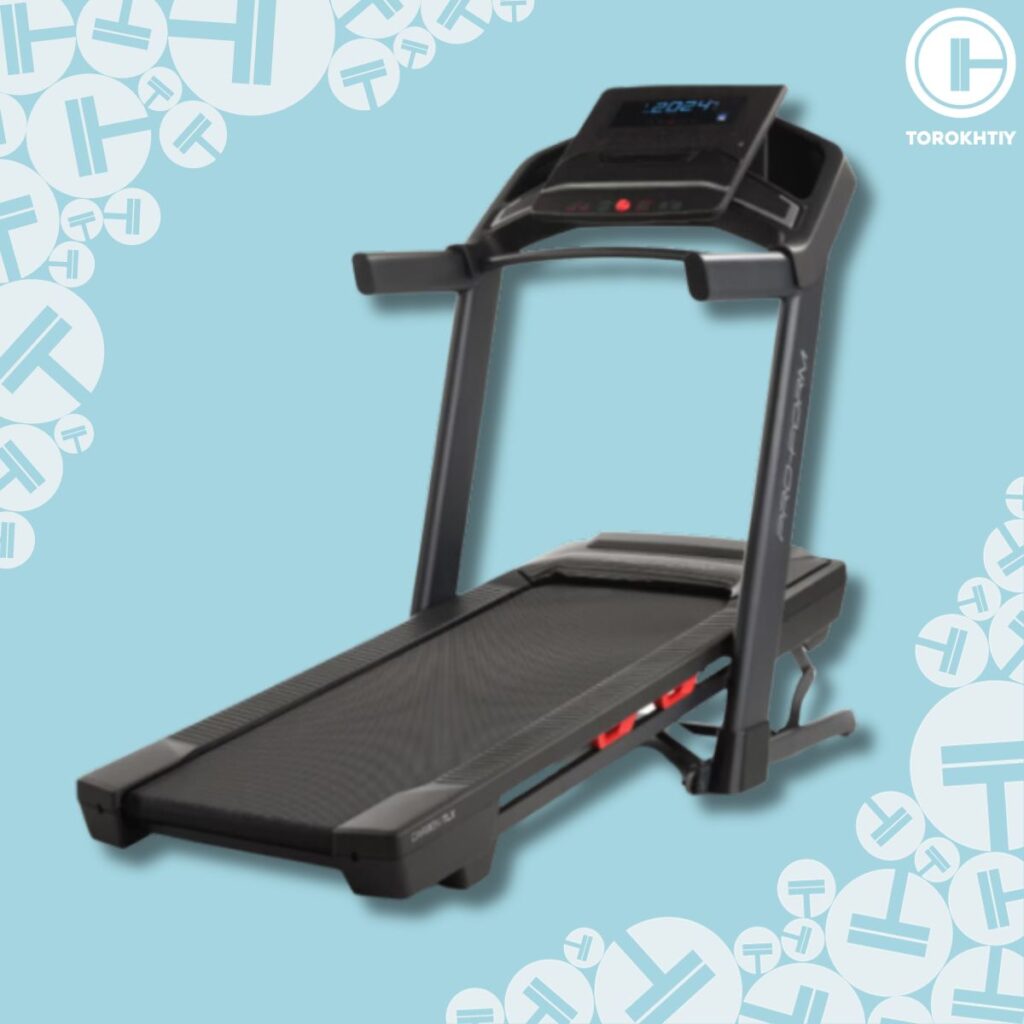
Still have questions after reading our article? Unlock your full potential by engaging with our experts and community! Don’t hesitate — leave a comment below and Ihor Shymechko will provide a personalized answer and insights to help you reach your goals.